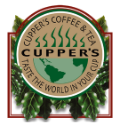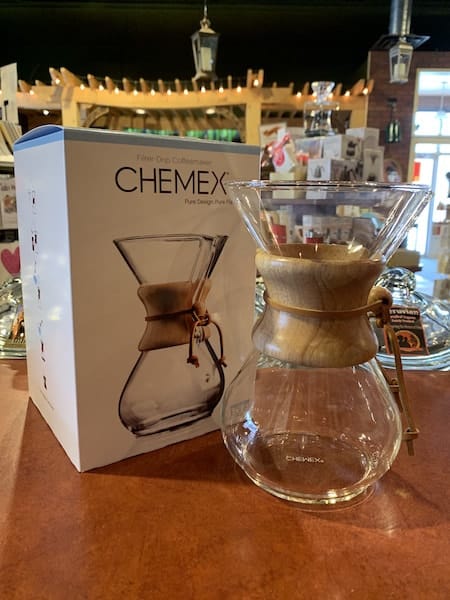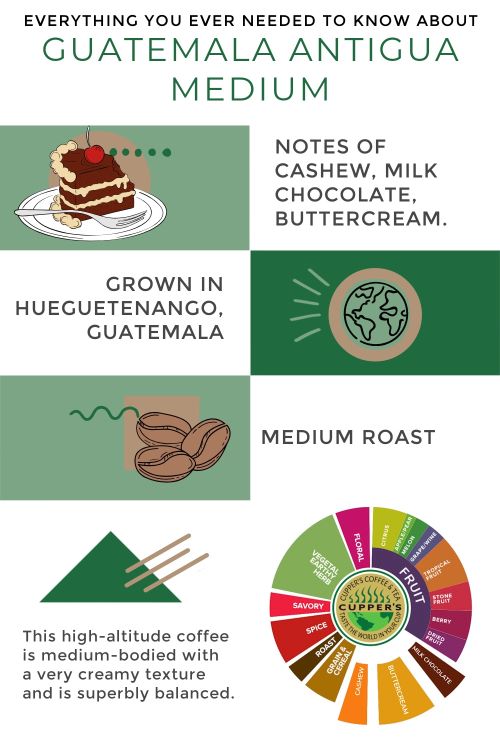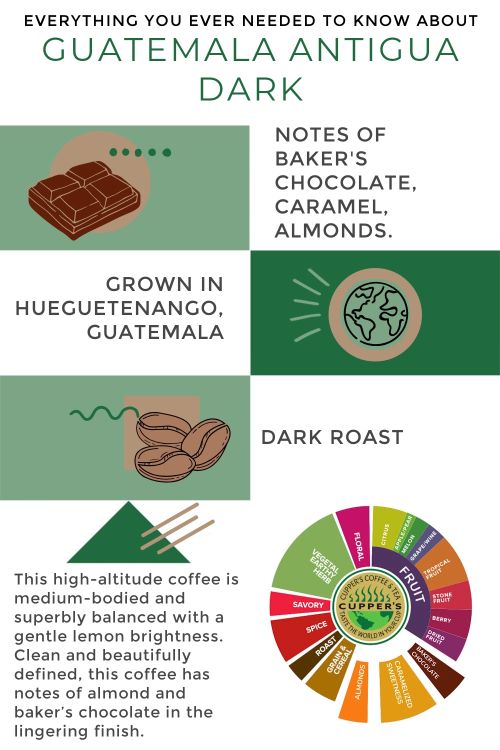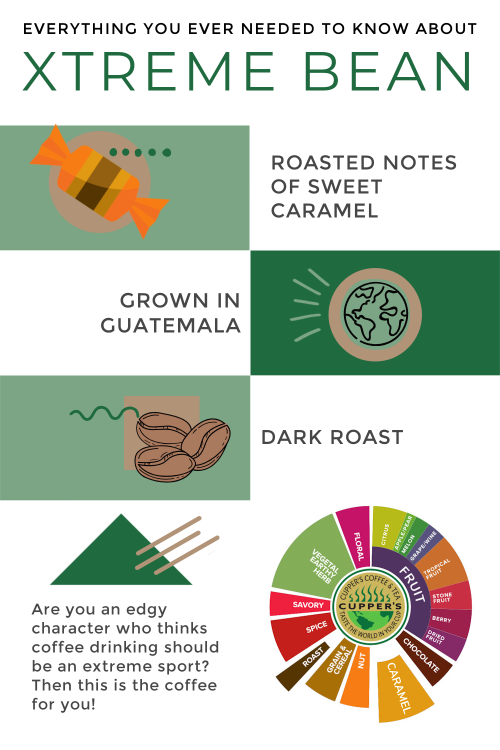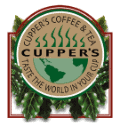Guatemalan coffees are prized for their distinctive moderate acidic and fruity flavours. Depending on the growing region, they also tend to be very sweet. Undertones of chocolate and caramel add to the sweetness of this region’s coffees.
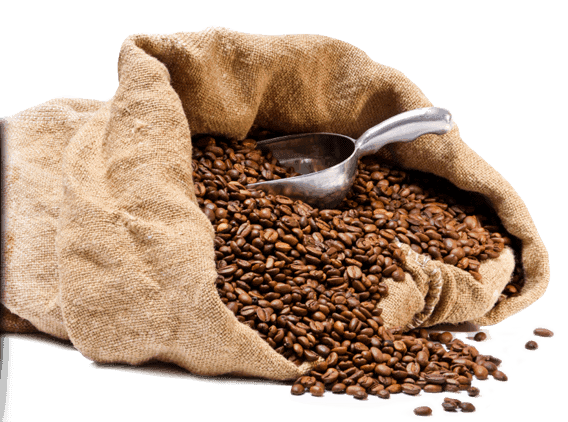
Introduction to Guatemalan Coffee
Guatemala is famous for its coffee production. It’s one of Central America’s highest coffee producing countries. Most of Guatemala’s trade is dependent on agriculture. The main focus is coffee, sugar and bananas. But agriculture in Guatemala is not easy. Small, family owned farms are competing with larger, factory farms. This adds pressure to lower their prices, which decreases profits for struggling farmers.
ASOBAGRI
ASOBAGRI is the short form of Asociación Barillense de Agricultores. They are a collective with over 1,900 members. Their aim is to increase the power of small, family owned farms. ASOBAGRI works hard to connect small farms to coffee buyers. The main focus is to reduce poverty through economic growth and social programs.
They have a wide variety of programs to help local growers, including the following:
1. Youth Programs
ASOBAGRI works with young adults to keep them in the coffee industry. Many young people are reluctant to take over their family farms. Coffee farmers have experienced struggles for generations. The Los Jovenes lot of coffee from ASOBAGRI supports this particular cause.
Our current crop of Guatemalan coffee is part of the Los Jovenes program. Profits from the sale of the Los Jovenes coffee go to job training and new technologies. The youth in this program want to maintain their indigenous culture and language. Keeping jobs in the region allows these young people to stay connected to their heritage.
2. Scholarships for Farmers
The Asociación Barillense de Agricultores connects coffee growers with scholarship programs. This gives farms the tools they need to advance their growing practices. The Inter-American Foundation is one of the groups providing scholarships. They aim to lead in more sustainable farming practices and reduce food insecurity.
3. Supporting Local Women in Coffee
Only 41% of Guatemalan women are in the paid labour force. Many women, particularly in rural areas, take on work in the home. The ASOBAGRI works to put women into job training and in key positions in their organization. They will even pay a premium for coffee grown on a farm with women in a leadership position.
They also work closely with our friends at Café Femenino. There are over 160 farms in their collective that are Café Femenino partners. To read about the amazing work of Café Femenino, check out Great Ethically Sourced Coffee, Great Coffee Practices.
4. Bird Friendly Coffee
Growing practices for large coffee farms tend to have a negative impact on many birds. 75% of coffee farms leave no place for migratory birds. Even worse, sometimes farmers will clear cut entire habitats to plant coffee crops.
Scientists at the Smithsonian developed a Bird Friendly Certification. It ensures that birds in the area have a place to live alongside coffee growers. Bird Friendly coffee farms need to have good foliage cover, height, and biodiversity. This must support quality habitat for birds and other wildlife. So far, the ASOBAGRI has 392 certified bird friendly growers in Guatemala. They produced over 1.7 million pounds of bird friendly coffee to date.
Flavor Profile of Guatemalan Coffee
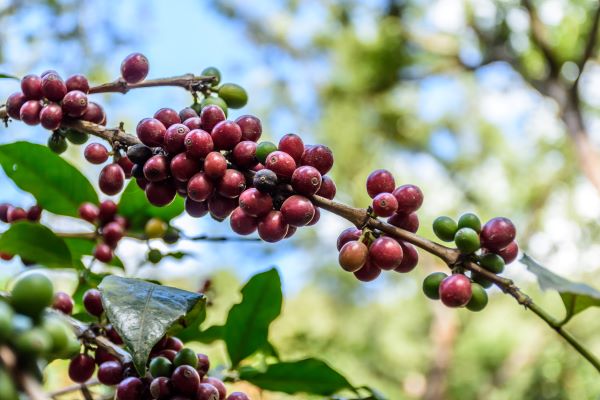
Guatemalan coffee tends to have a very smooth earthiness. You will be able to pick up notes of apple juice, tamarind, fig, flowers, and chocolate. The darker the roast, the more sweet caramel and sugar notes will come through. Our Guatemala Medium Roast has notes of cashew, milk chocolate and buttercream. Meanwhile, our Guatemala Dark Roast has clean almond notes with a baker’s chocolate finish.
For more information on our roasting process, check out our Ultimate Guide to Coffee Roasting.
Popular Varieties of Guatemalan Coffee
Guatemalan coffee has six main Arabica coffee varietals. They are: Typica, Caturra, Bourbon, Catuai, Pache, and Maragogipe. Each type has unique characteristics and susceptibility to diseases.
- Typicahs has intense flavor and acidity despite low yields.
- Caturra has good yield potential but is highly susceptible to rust.
- Bourbon, with excellent cup quality, has tall stature but low production.
- Catuai, though susceptible to rust, produces high-quality beans with high yield potential.
- Pache is compact with medium yield potential but vulnerable to diseases.
- Maragogipe has large beans, and offers good to very good cup quality.
At Cupper’s we source Caturra and Bourbon beans for our Guatemala Antigua beans.
Brewing Guatemalan Coffee
We can’t get enough of the Guatemalan coffee brewed in a Chemex. This specialty pour over has a slower pull through, resulting in maximum extraction. If you like the bold flavour of a French press but the clarity of a paper filter brew, this pour over is for you. Pair your Chemex with Bodum’s Electric Gooseneck Kettle for best results.
Need more information on pour-overs? Check out our Chemex Pour-Over vs. Hario V60 Dripper article.
Cupper's Guatemalan Coffee Roasts
The popularity of Guatemalan coffees has made these a mainstay at Cupper’s. It speaks to the flex of Guatemalan coffee in that they are amazing at pretty much any roast level. So we have several degrees of roasts that our customers love and enjoy. The final results keep our customers happy, caffeinated, and coming back for more!
Coffee roasting is an ever-changing art and science. To learn more about our roaster and how we roast coffee, read our post The Ultimate Guide to Coffee Roasting.
Guatemala Antigua Medium Roast
Our first roast of Guatemala coffee is our Guatemala Antigua Medium Roast. This high-altitude coffee is medium-bodied with a very creamy texture and is superbly balanced. In the aroma, there’s delicate magnolia and lots of chocolate. In the flavour notes, cashew nuttiness really comes forward, complemented by milk chocolate and buttercream.
Guatemala Antigua Dark Roast
Our second roast of Guatemala coffee is our Guatemala Antigua Dark Roast. This high-altitude coffee is medium-bodied and superbly balanced with a gentle lemon brightness. Clean and beautifully defined, this dark roast coffee has notes of almond and baker’s chocolate in the lingering finish.
Xtreme Bean
Xtreme Bean is one that we’ve taken just to the edge of an unconventionally dark roast. It’s extreme in its flavour and body, no exaggeration. Xtreme Bean is predictably full, surprisingly sweet, and caramel-like; it offers an intense flavour with remarkably little sharpness… it’s very smooth. This is the most popular dark roast that we offer.
Cupper's Blends with Guatemalan Coffee
The nuttiness of Guatemalan Coffee also makes it an excellent choice for mixing some amazing coffee blends. Guatemalan coffee makes up the bones of many of our favourite blends including:
- Rocket Brand Espresso
- Café Paris
- House Blend
- Coffee Shop Near Me – Medium
- Coffee Shop Near Me – Dark
- Spitfire Joe
No matter what Cupper’s coffee you try, you’re bound to find a coffee blend you’ll love that has Guatemalan coffee beans in it!
